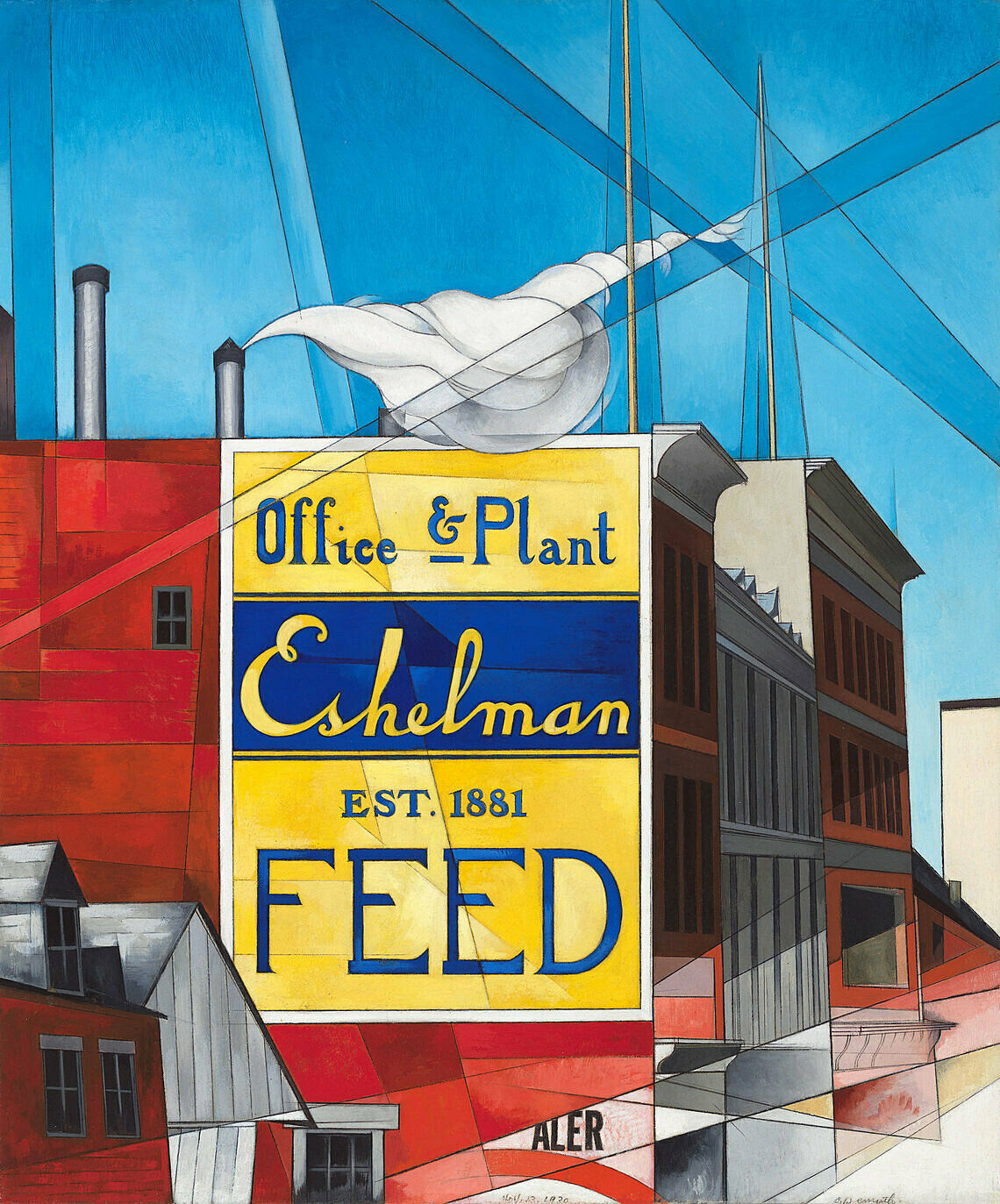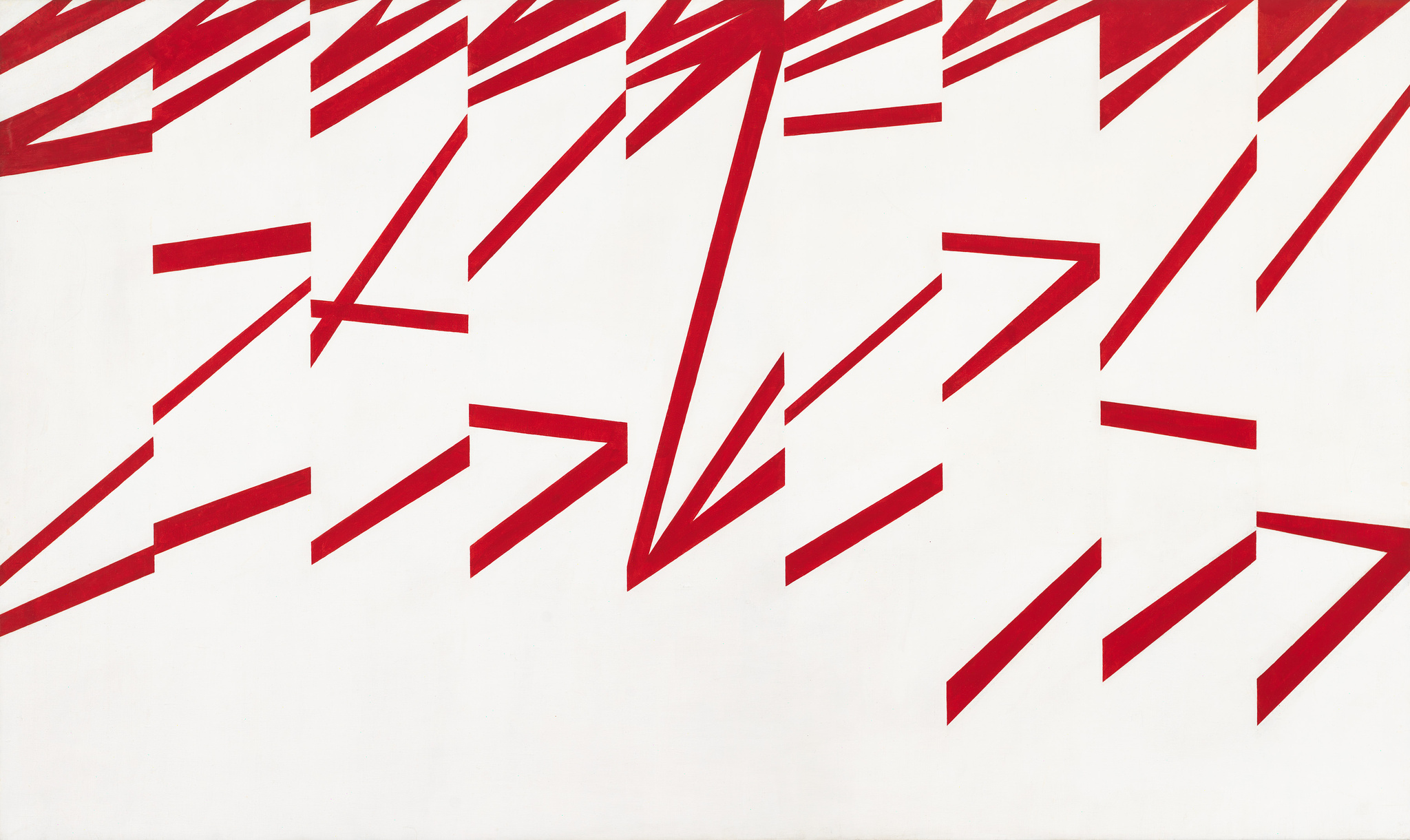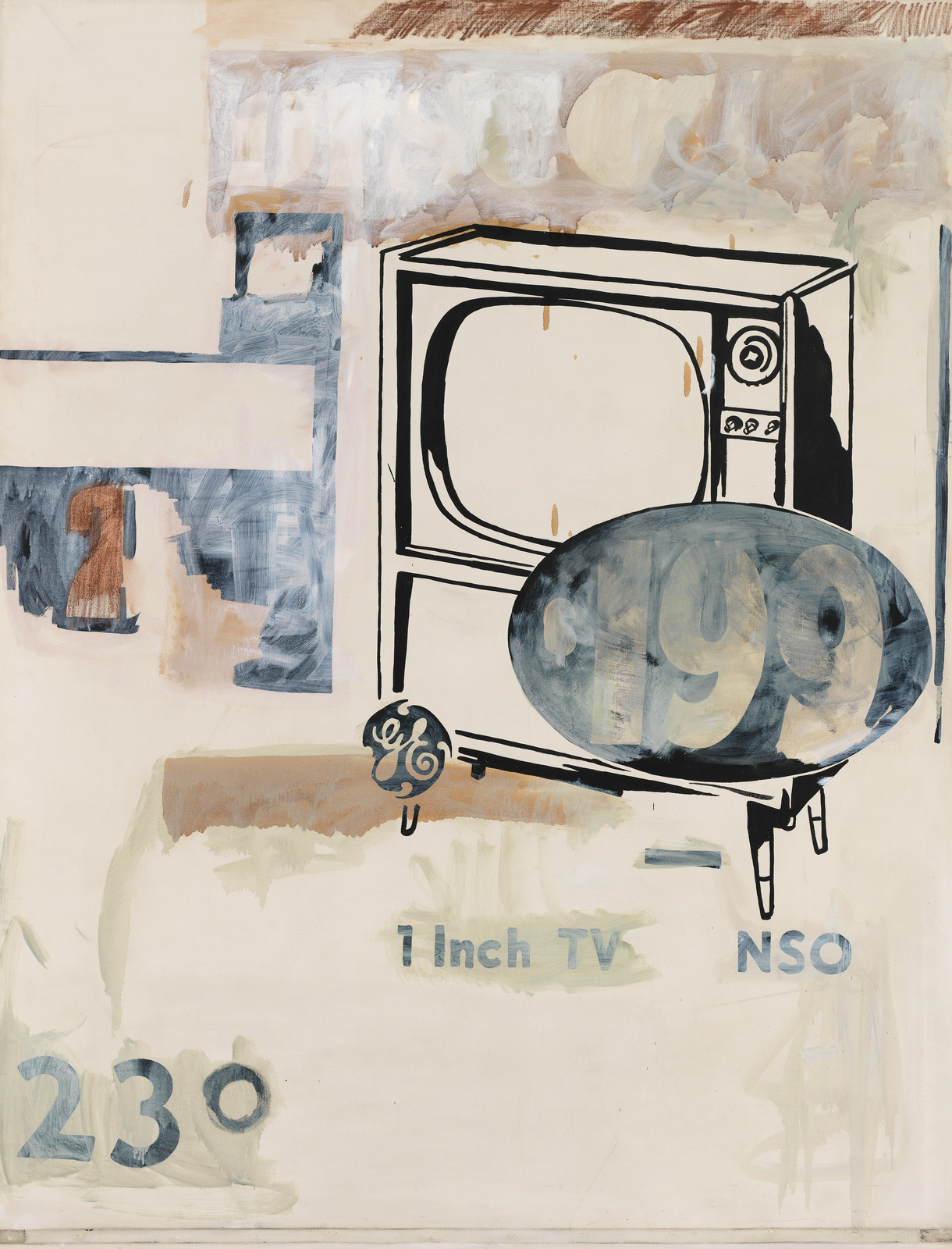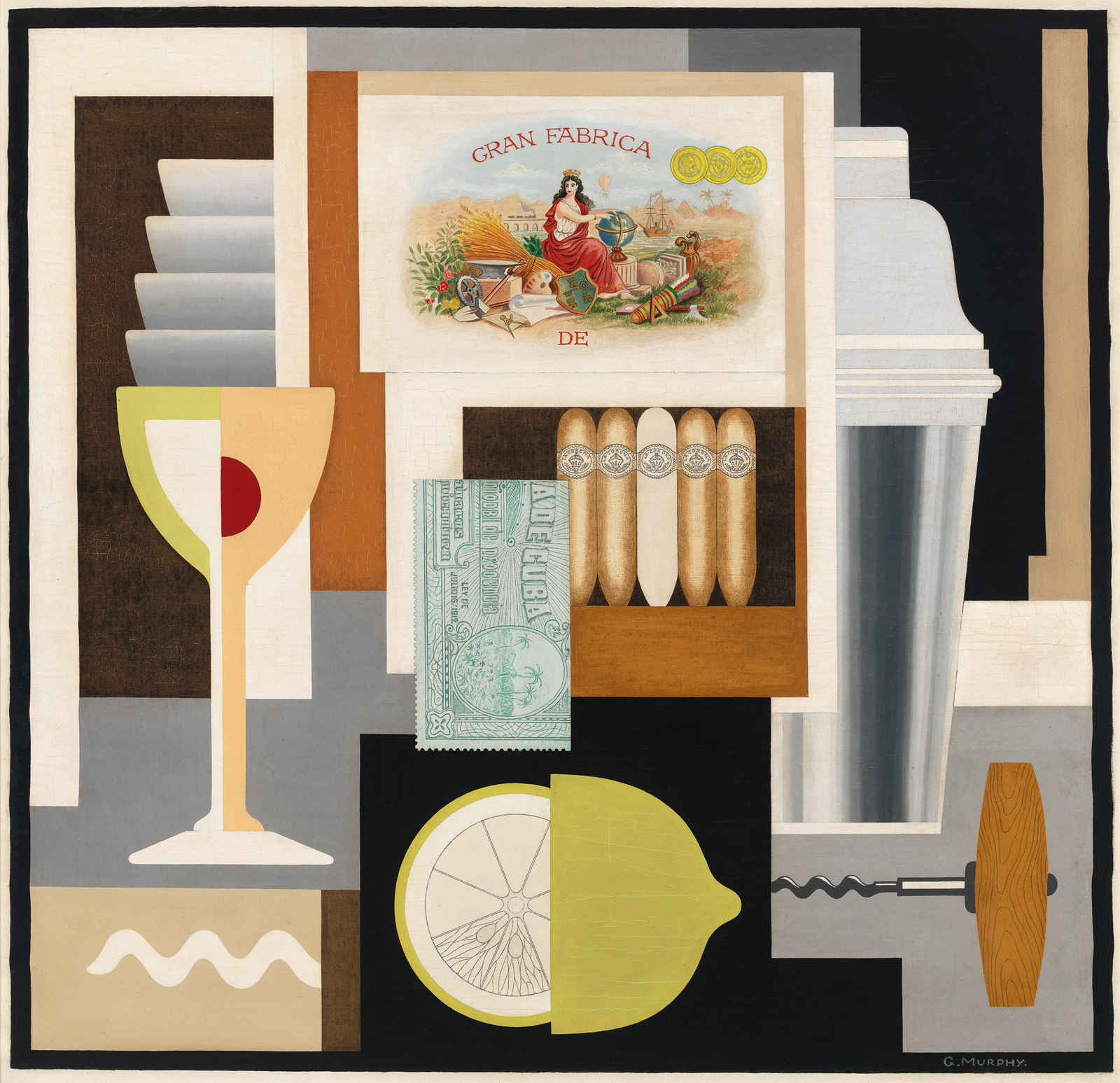Clyfford Still
1904–1980
During the 1940s Clyfford Still began to paint large-scale, expansive abstractions that evoked the vast landscapes he encountered during his youth in Washington State and Alberta, Canada. In canvases such as Untitled he used jagged, interlocking planes of thickly layered paint that recall the craggy forms of mountains and caverns, or the conjunction of earth and sky, while remaining resolutely abstract and mysterious. Like many of Still’s works, Untitled is impressively scaled—more than nine feet high and twelve feet long—and utilizes a palette of deep blacks animated by swaths of vibrant color, balanced by large areas of seemingly bare canvas.
With works such as Untitled, Still became linked to the Abstract Expressionist painters who rose to prominence during the 1950s, especially artists such as Mark Rothko and Barnett Newman, who similarly composed their works from fields of color. However, Still eschewed associations with any movement. Believing that participation in the commercial activities of the art world compromised the integrity of the artist and his work, he conceived of himself as an outsider and carefully controlled the exhibition and sale of his paintings. Likewise, he made ambitious claims for his canvases as a critique of modern consumer culture, describing them as “an assault upon the concept of the picture as a value object . . . a repudiation of the mechanistic ethic and technological rationale of our culture.” The counterpoint to Still’s rejection of modern values was his evocation of the sublime and timeless drama of the natural world. With its serrated forms, immense scale, and brooding palette, Untitled conveys awe—and perhaps unease—at nature’s dynamism and magnitude.
Introduction
Clyfford Still (November 30, 1904 – June 23, 1980) was an American painter, and one of the leading figures in the first generation of Abstract Expressionists, who developed a new, powerful approach to painting in the years immediately following World War II. Still has been credited with laying the groundwork for the movement, as his shift from representational to abstract painting occurred between 1938 and 1942, earlier than his colleagues like Jackson Pollock and Mark Rothko, who continued to paint in figurative-surrealist styles well into the 1940s.
Wikidata identifier
Q700336
Information from Wikipedia, made available under the Creative Commons Attribution-ShareAlike License . Accessed December 19, 2025.
Introduction
American painter and Abstract Expressionist artist.
Country of birth
United States
Roles
Artist, painter
ULAN identifier
500020155
Names
Clyfford Still, Clyfford E. Still
Information from the Getty Research Institute's Union List of Artist Names ® (ULAN), made available under the ODC Attribution License. Accessed December 19, 2025.





